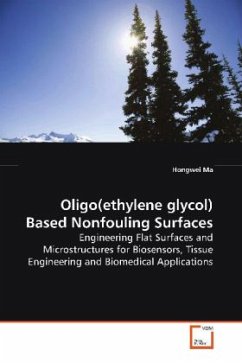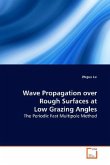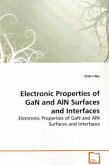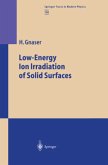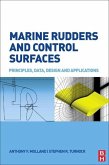This book presents the initial development of oligo
(ethylene glycol) (OEG) based nonfouling -protein
and cell resistant- coatings that can be applied to
a wide range of biomedical applications. A
generalized method for creating functionalized
nonfouling surfaces was developed by
conducting Surface-Initiated Atom Transfer Radical
Polymerization of OEG methyl
methacrylate (SI-ATRP of OEGMA) from gold (metallic
materials), glass and silicon oxide. Thickness-
density profile of poly(OEGMA) was constructed based
on SI-ATRP from mixed self-assembled monolayers on
gold. For the first time, we constructed a map of
protein resistance of PEG coated surfaces, which
reveals the relationship between the poly(OEGMA)
coatings and their protein adsorption. Applications
of this technology were demonstrated on the
fabrication of protein microarray, micro/nano-
patterns for in vitro cell culturing and improved
biocompatibility for in vivo implantation. This work
provided a sound foundation for future work focused
on the optimization of material-specific coating
conditions and in vivo biocompatibility study of OEG
coated biomedical devices.
(ethylene glycol) (OEG) based nonfouling -protein
and cell resistant- coatings that can be applied to
a wide range of biomedical applications. A
generalized method for creating functionalized
nonfouling surfaces was developed by
conducting Surface-Initiated Atom Transfer Radical
Polymerization of OEG methyl
methacrylate (SI-ATRP of OEGMA) from gold (metallic
materials), glass and silicon oxide. Thickness-
density profile of poly(OEGMA) was constructed based
on SI-ATRP from mixed self-assembled monolayers on
gold. For the first time, we constructed a map of
protein resistance of PEG coated surfaces, which
reveals the relationship between the poly(OEGMA)
coatings and their protein adsorption. Applications
of this technology were demonstrated on the
fabrication of protein microarray, micro/nano-
patterns for in vitro cell culturing and improved
biocompatibility for in vivo implantation. This work
provided a sound foundation for future work focused
on the optimization of material-specific coating
conditions and in vivo biocompatibility study of OEG
coated biomedical devices.

